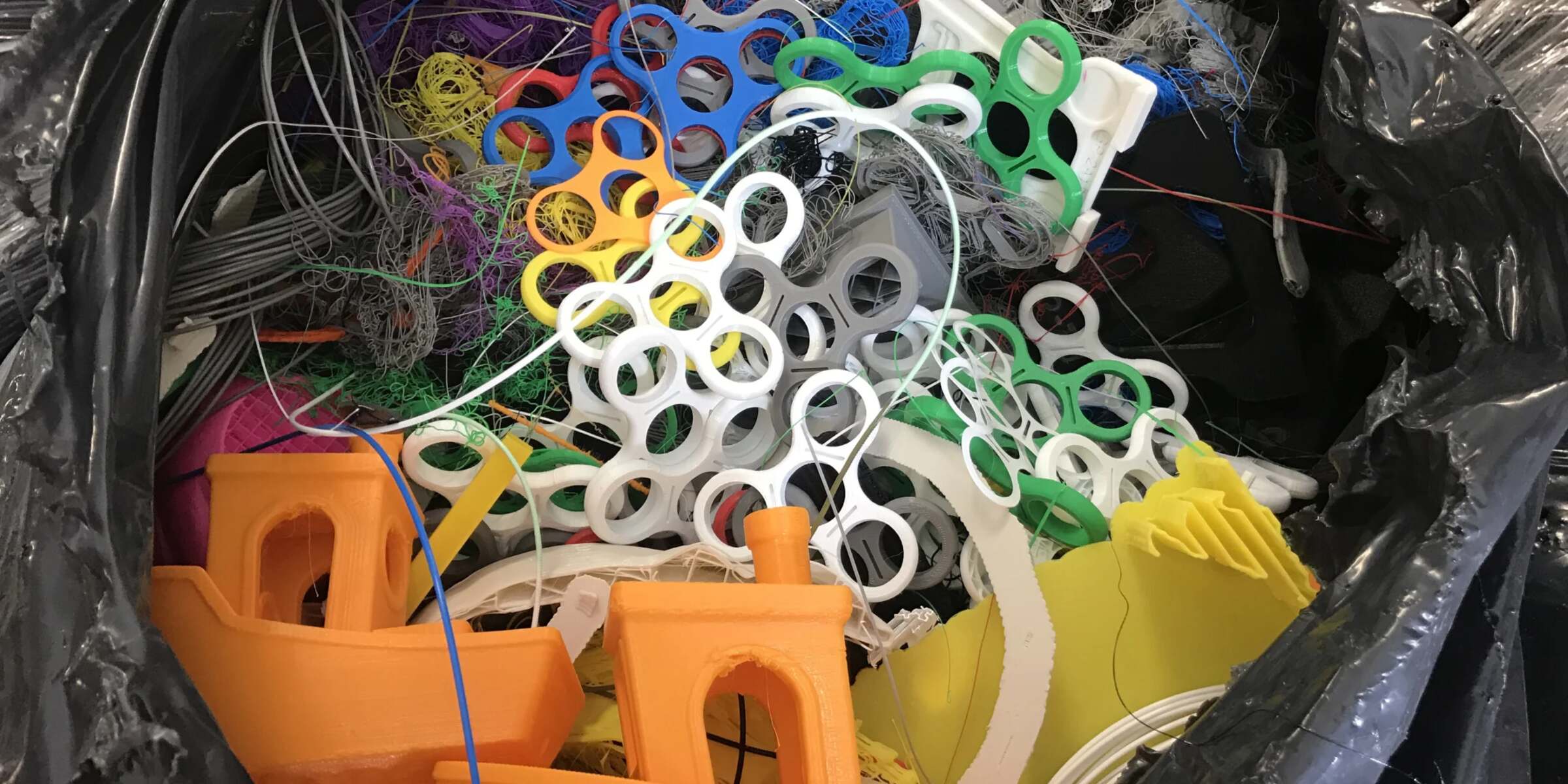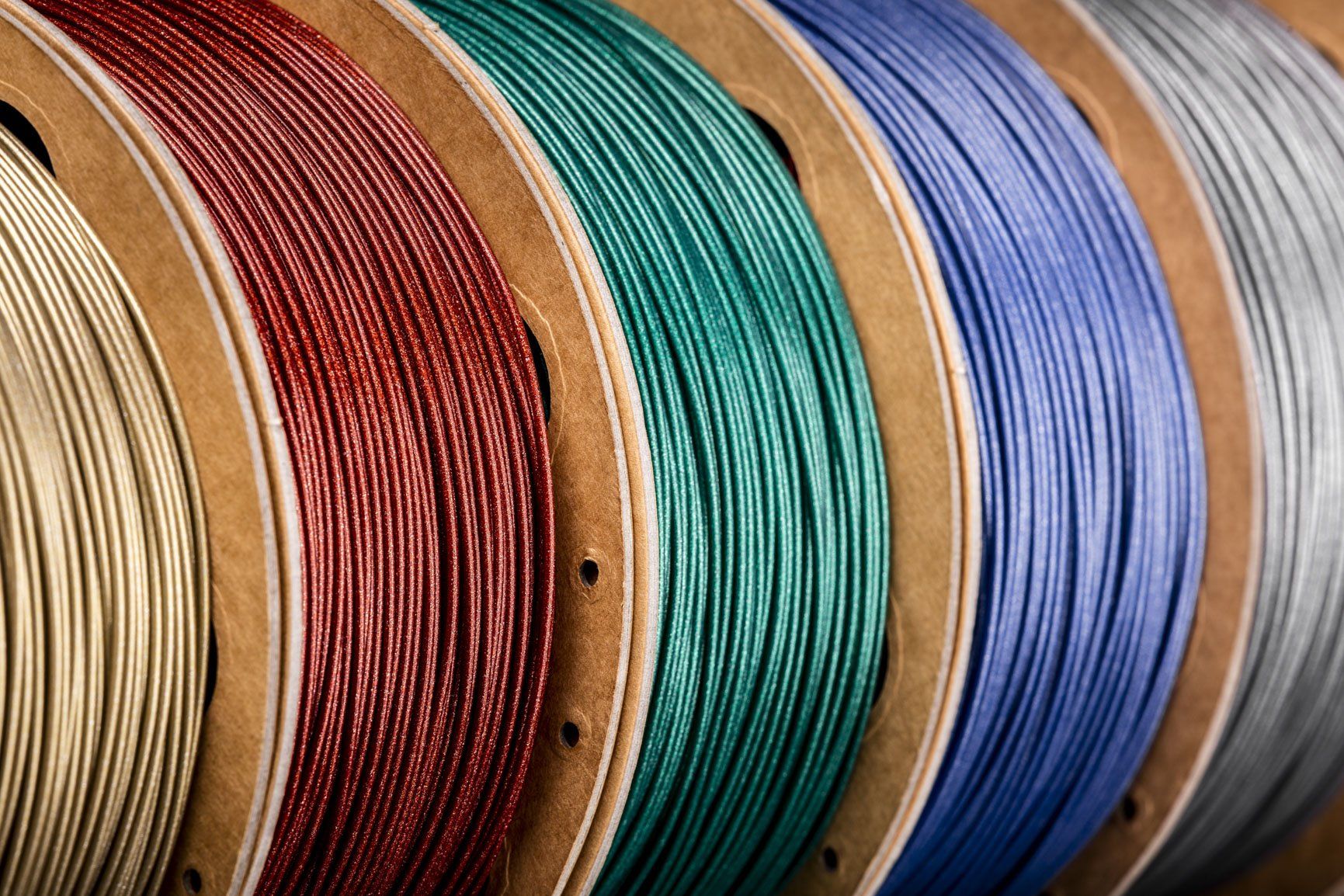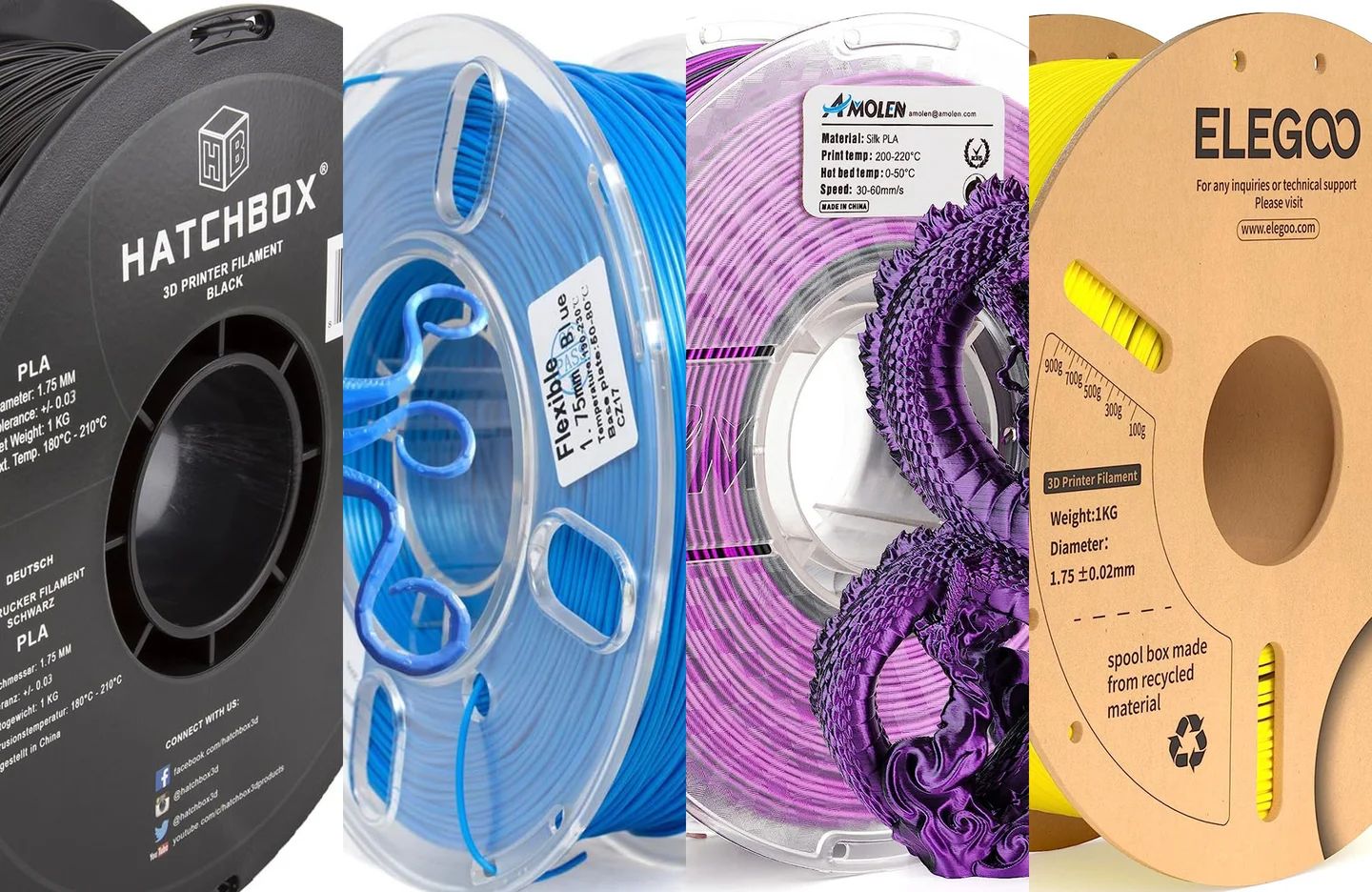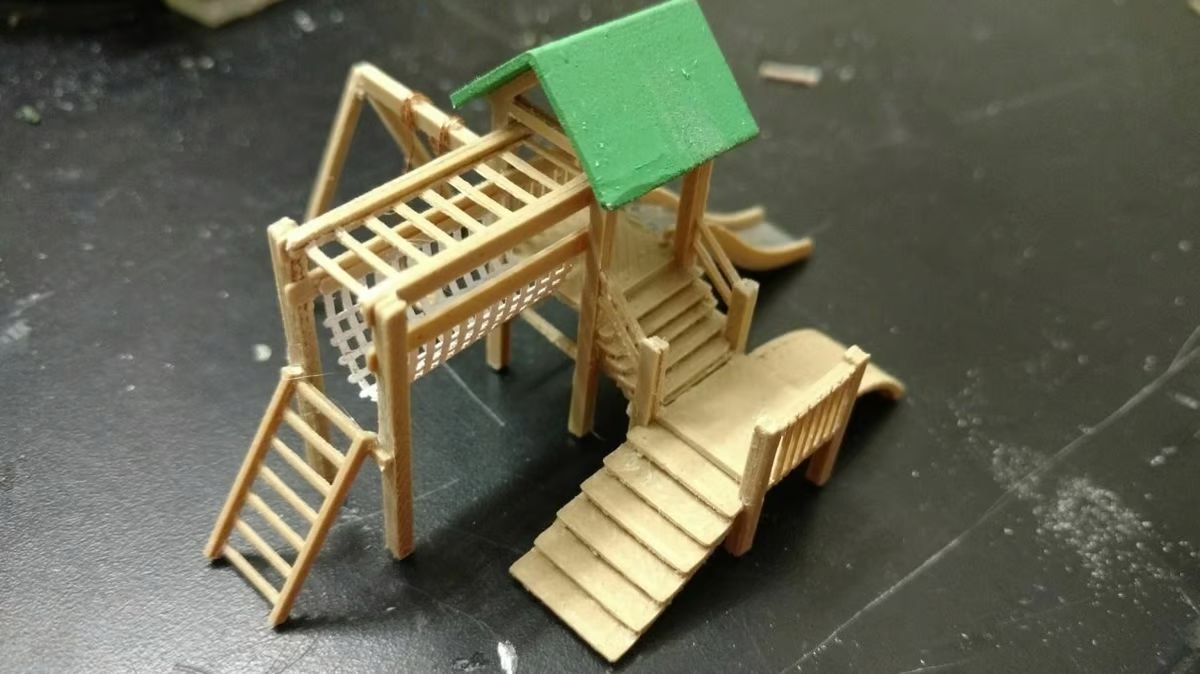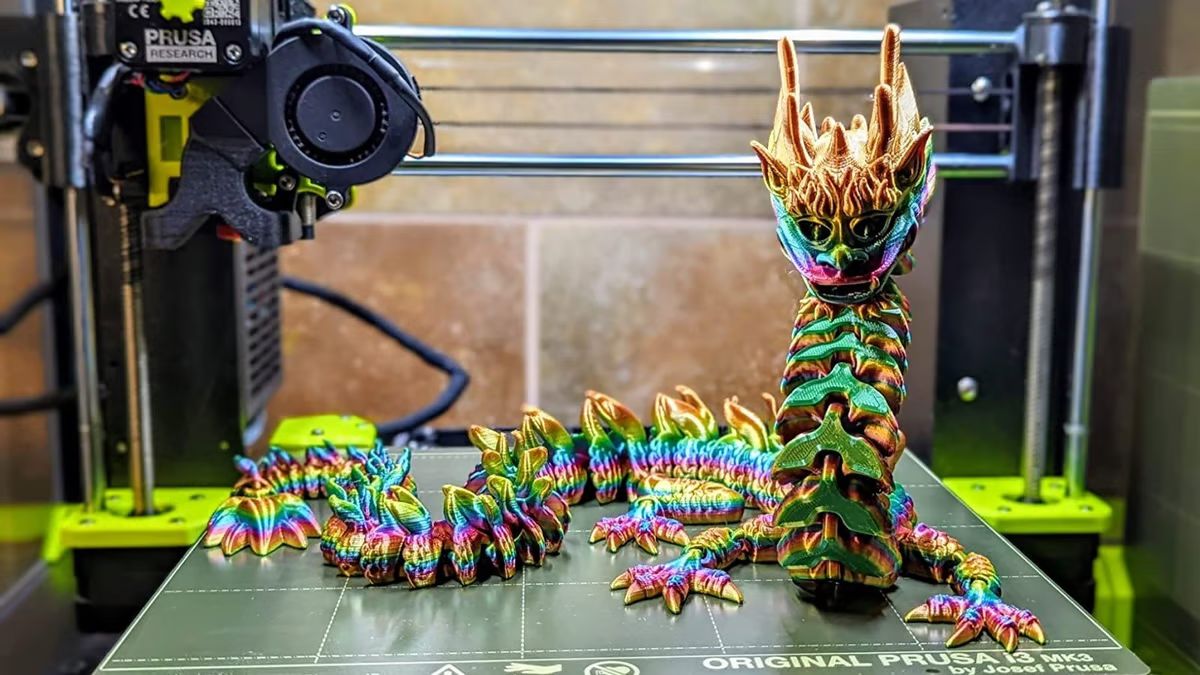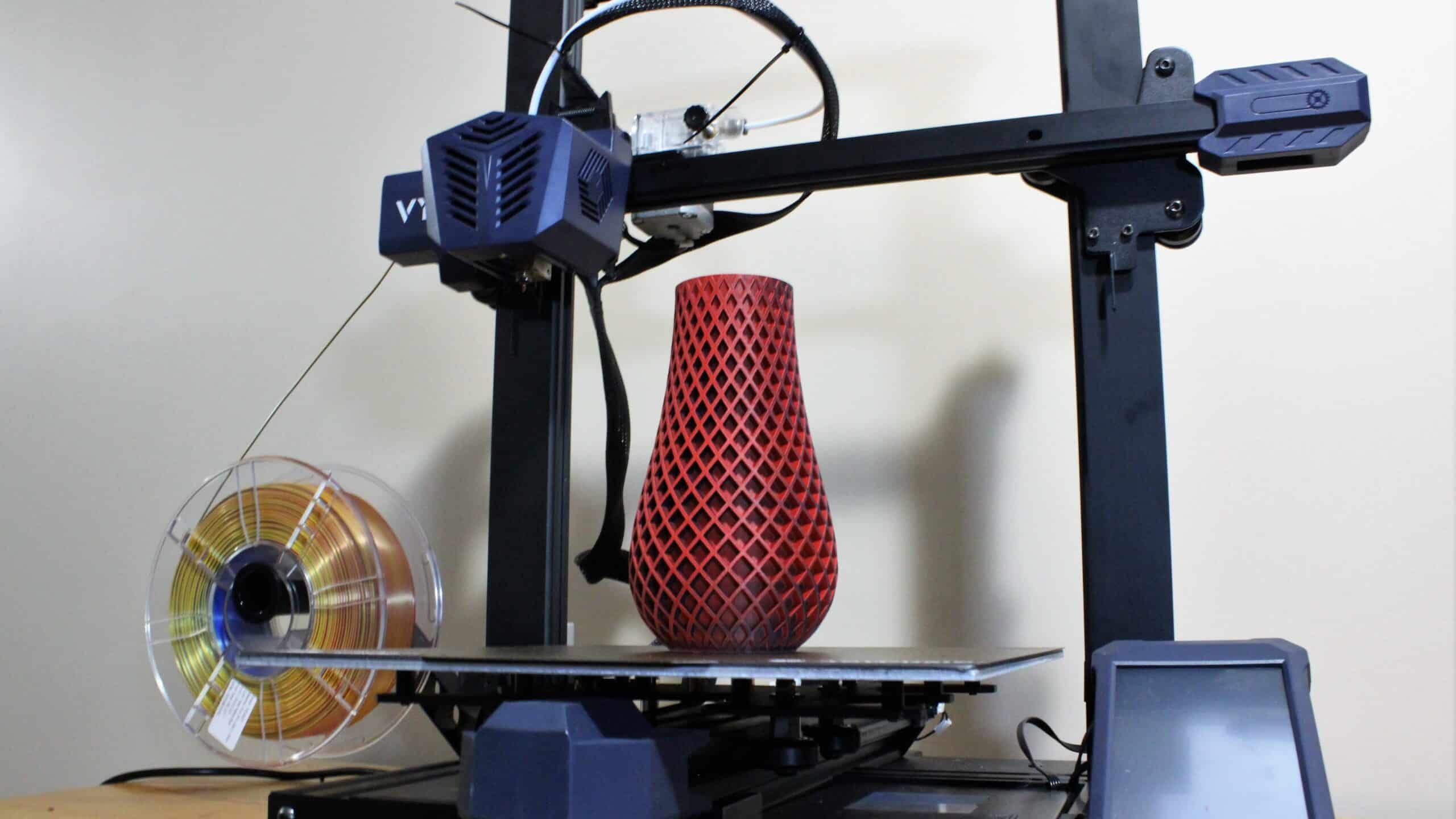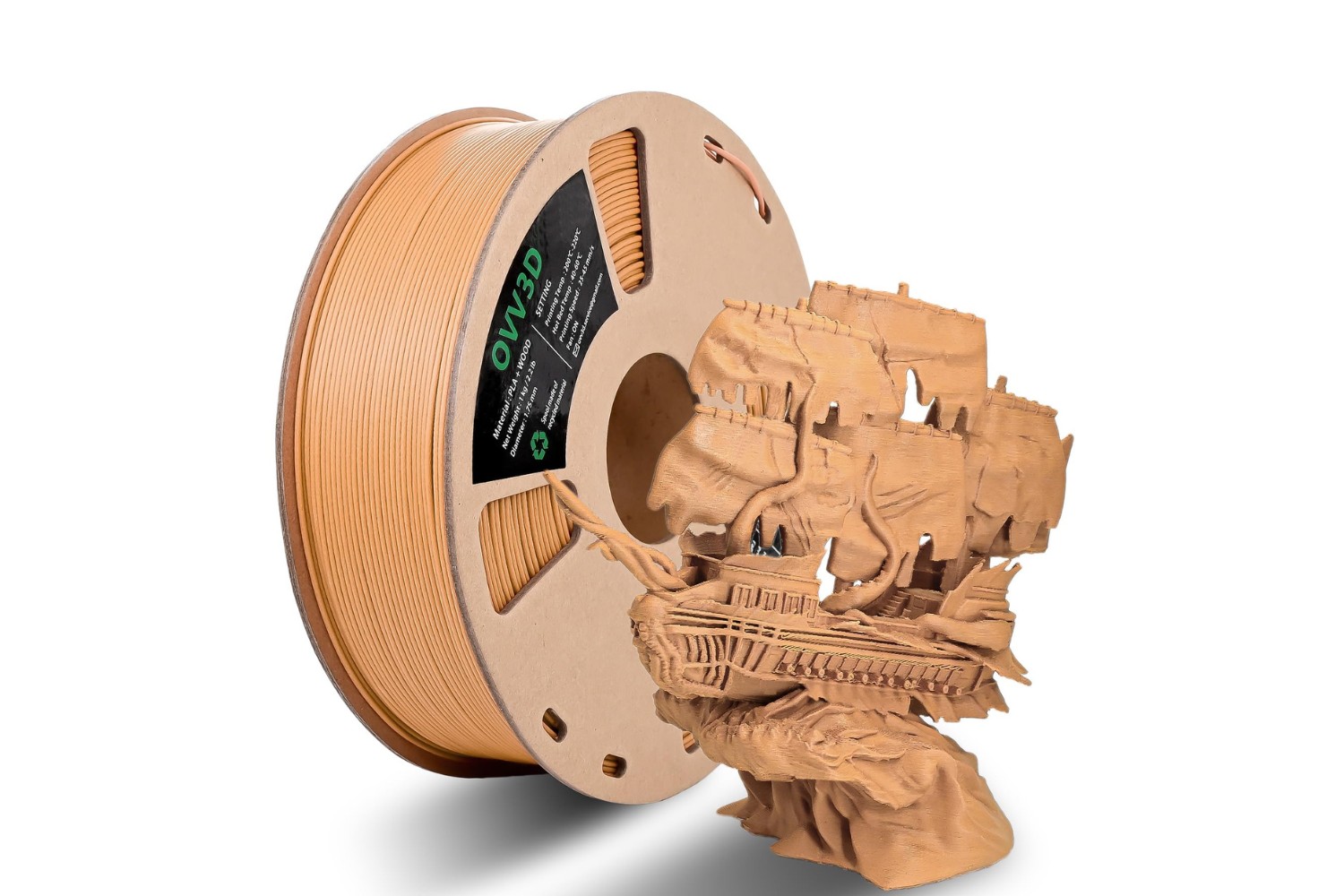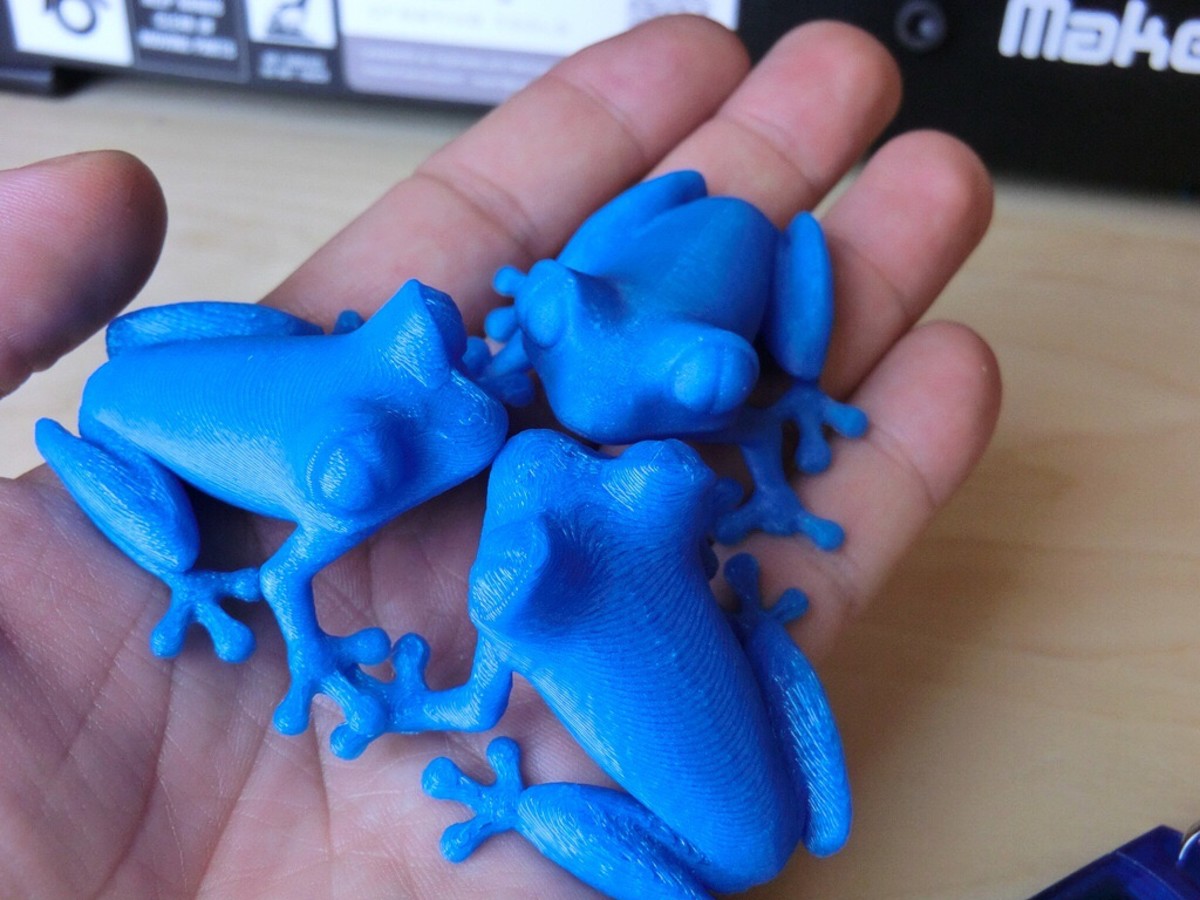Why Recycle 3D Printer Filament?
3D printing technology has revolutionized various industries, enabling innovative designs and rapid prototyping. However, as with any manufacturing process, waste is generated. One of the significant sources of waste in 3D printing is the leftover or failed prints, resulting in excess filament. Recycling 3D printer filament is a responsible and eco-friendly approach to reduce waste and minimize the environmental impact of 3D printing.
Recycling filament offers several benefits. Firstly, it helps to conserve raw materials, as the filament can be reprocessed and reused rather than being discarded. This reduces the demand for new filament production, which in turn decreases the consumption of energy and resources. Secondly, recycling filament contributes to minimizing the carbon footprint of 3D printing. By reusing the filament, less energy is required for manufacturing new filaments, reducing greenhouse gas emissions associated with the production process. Additionally, recycling filament reduces the need for waste disposal, alleviating the strain on landfills.
Besides the environmental benefits, recycling filament also provides economic advantages. It allows 3D printing enthusiasts and manufacturers to save costs by reusing the filament instead of purchasing new supplies. This is particularly beneficial for industries heavily reliant on 3D printing, such as healthcare, engineering, and design. By recycling filament, these industries can reduce their material expenses while still maintaining the production quality and benefiting from the versatility and flexibility of 3D printing technology.
Furthermore, recycling filament promotes a circular economy, where materials are reused and regenerated rather than treated as disposable. It encourages individuals and businesses to adopt a more sustainable and responsible approach to production and consumption. By incorporating recycling practices into the 3D printing industry, we can move closer to a future where waste is minimized, resources are conserved, and environmental sustainability is prioritized.
Different Types of 3D Printer Filament
When it comes to 3D printing, there are several types of filaments to choose from, each with its unique characteristics and properties. Understanding the different types of filament can help you select the most suitable material for your specific project. Here are some of the commonly used types of 3D printer filament:
- PLA (Polylactic Acid): PLA filament is a popular choice due to its ease of use, low printing temperature, and biodegradable nature. It is derived from renewable resources such as cornstarch or sugarcane and offers a wide range of colors. PLA is ideal for creating prototypes, artistic prints, and objects that do not require high strength.
- ABS (Acrylonitrile Butadiene Styrene): ABS filament is known for its durability and high heat resistance. It is commonly used for functional prototypes, mechanical parts, and objects that require impact resistance. However, ABS has a higher printing temperature and emits noticeable fumes during printing, requiring a well-ventilated space.
- Nylon: Nylon filament is a versatile material known for its strength, flexibility, and durability. It is commonly used for functional parts, mechanical components, and applications that require high toughness. Nylon has excellent layer adhesion and is resistant to abrasion, making it suitable for applications that experience friction or wear.
- PETG (Polyethylene Terephthalate Glycol-Modified): PETG filament combines the durability of ABS with the ease of use of PLA. It is strong, impact-resistant, and has excellent layer adhesion. PETG is less prone to warping and offers good temperature resistance. It is a popular choice for functional prototypes, mechanical parts, and food-safe applications.
- TPE (Thermoplastic Elastomer): TPE filament is a flexible and rubber-like material. It can be stretched and bent without breaking, making it ideal for creating objects such as seals, gaskets, and phone cases. TPE is available in various hardness levels, allowing for customization based on the desired flexibility.
These are just a few examples of the wide range of filaments available for 3D printing. Other types of filaments include wood-based filaments, metal filaments, carbon fiber filaments, and more. Each filament has specific printing requirements, so it’s important to refer to the manufacturer’s recommendations and adjust the settings accordingly when using different materials.
Preparing Filament for Recycling
Before recycling 3D printer filament, it’s essential to properly prepare the material to ensure effective and efficient recycling processes. Here are some steps to follow when preparing filament for recycling:
- Cleaning: Start by removing any dust, debris, or contaminants from the filament. Use a clean, dry cloth or compressed air to wipe off any particles that may have accumulated on the surface. This is crucial to prevent impurities from affecting the quality of the recycled filament.
- Sorting: If you have different types of filaments to recycle, it’s important to separate them based on their material composition. Different types of filaments require specific recycling processes, so sorting them ensures that the right methods are applied during the recycling process.
- Cutting: To facilitate the recycling process, cut the filament into smaller pieces. This increases the surface area and makes it easier for the recycling equipment to handle and process the material. Use a sharp pair of scissors or a filament cutter to cut the filament into manageable lengths.
- Labeling: If you have multiple filaments of the same type but different colors, it’s helpful to label each piece with its corresponding color. This allows for easier sorting and identification during the recycling process, ensuring that the colors of the recycled filament remain consistent.
- Storage: Store the prepared filament in a dry and moisture-free environment. Moisture can negatively impact the quality of the filament, affecting the final product when it’s recycled. Consider using airtight containers or vacuum-sealed bags to protect the filament from humidity and moisture.
It’s important to note that not all filaments can be easily recycled. Some materials may require specialized recycling facilities or processes. Additionally, heavily contaminated filaments or those with additives may not be suitable for recycling. In such cases, it’s best to consult with a local recycling facility or filament manufacturer for guidance on proper disposal methods.
By following these steps and taking the necessary precautions, you can ensure that your 3D printer filament is properly prepared for recycling, increasing the chances of successful and sustainable filament recycling.
Recycling Methods for PLA Filament
PLA filament is one of the most commonly used materials in 3D printing due to its ease of use and biodegradability. When it comes to recycling PLA filament, several methods can be employed to effectively repurpose the material. Here are some of the common recycling methods for PLA filament:
- Mechanical Recycling: Mechanical recycling is a process where the PLA filament is shredded into small pieces and then melted to remove impurities. The molten material is then cooled and extruded into new filament spools. This method is relatively straightforward and can be performed using specialized equipment or DIY processes.
- Chemical Recycling: Chemical recycling involves breaking down the PLA filament at the molecular level. This can be done through various methods such as hydrolysis and enzymatic breakdown. These processes convert the PLA into its original monomers, which can then be used to produce new PLA filament or other plastic products. Chemical recycling typically requires more advanced equipment and expertise.
- Industrial Recycling: PLA filament can also be recycled on an industrial scale. In this method, large quantities of used PLA filament are collected and sent to specialized recycling facilities. These facilities utilize advanced technologies to efficiently process and recycle the filament, ensuring high-quality recycled PLA is produced and ready for re-use in 3D printing or other manufacturing applications.
- Community Recycling Programs: Some communities and organizations have set up recycling programs specifically for 3D printer filament. These programs collect used PLA filament from individuals or businesses and ensure it goes through proper recycling processes. Participating in these programs not only promotes sustainable practices but also facilitates the responsible disposal and recycling of PLA filament.
- Downcycling: In cases where the PLA filament cannot be recycled into new filament due to degraded quality or excessive impurities, downcycling can be considered. Downcycling involves converting the PLA into other plastic products, such as plastic pellets or resins, which can be used in various manufacturing applications beyond 3D printing. While this may not be the most ideal recycling method, it still allows for the repurposing of the material and prevents it from ending up in landfills.
It’s important to note that not all recycling methods may be accessible or feasible for individuals or small-scale users. However, by supporting and participating in community recycling programs and exploring available options, we can contribute to reducing waste and promoting the sustainable use of PLA filament in the 3D printing industry.
Recycling Methods for ABS Filament
ABS filament is a popular material used in 3D printing due to its durability and high-temperature resistance. Recycling ABS filament is an effective way to reduce waste and promote sustainability in the 3D printing industry. Here are some common methods of recycling ABS filament:
- Mechanical Recycling: Mechanical recycling is a commonly used method for recycling ABS filament. In this process, the used ABS filament is shredded into small pieces and then melted to remove any impurities. The molten material is cooled and extruded into new filament. This method can be performed using specialized recycling machinery or through DIY processes.
- Chemical Recycling: Chemical recycling involves breaking down the ABS filament into its original chemical components. This can be achieved through various methods like pyrolysis or depolymerization. These processes transform the ABS into its original raw materials, which can then be used to produce new ABS filament or other plastic products. Chemical recycling typically requires advanced equipment and expertise.
- Industrial Recycling: ABS filament can also be recycled on an industrial scale. In this method, the collected used ABS filament is sent to specialized recycling facilities. These facilities use advanced technologies to efficiently process and recycle the filament, ensuring high-quality recycled ABS is produced. The recycled ABS can be used for 3D printing or other manufacturing applications.
- Adaptive Reuse: Another approach to recycling ABS filament is adaptive reuse. Instead of recycling the filament into new filament or plastic products, the used ABS filament can be repurposed for other non-3D printing applications. For example, broken or misprinted ABS prints can be ground into a powder and mixed with an adhesive to create a filler for repairing cracks or gaps in other ABS products.
- Community Recycling Initiatives: Participating in community recycling initiatives is another way to recycle ABS filament. These initiatives involve collecting used ABS filament from individuals or businesses and ensuring it undergoes proper recycling processes. By supporting these programs, individuals can contribute to responsible disposal and recycling of ABS filament, promoting a more sustainable 3D printing industry.
It’s important to note that not all recycling methods may be readily accessible or feasible for everyone. However, by exploring available options, supporting community initiatives, and selecting ABS filament with higher recycled content, individuals and businesses can actively contribute towards reducing waste and promoting the circular economy in the 3D printing industry.
Recycling Methods for Nylon Filament
Nylon filament is known for its strength, flexibility, and durability, making it a popular choice in various 3D printing applications. Recycling nylon filament is an effective way to reduce waste and promote sustainability. Here are some common methods for recycling nylon filament:
- Mechanical Recycling: Mechanical recycling is a commonly used method for recycling nylon filament. In this process, the used nylon filament is shredded into small pieces, cleaned, and melted to remove impurities. The molten nylon is then cooled and extruded into new filament spools. This method can be performed using specialized recycling machinery or through DIY processes.
- Chemical Recycling: Chemical recycling of nylon filament involves breaking down the material at the molecular level. Different chemical processes can be employed, such as hydrolysis or depolymerization, to convert the nylon into its original monomers. These monomers can then be used to produce new nylon filament or other nylon-based products. Chemical recycling typically requires more advanced equipment and expertise.
- Industrial Recycling: Nylon filament can also be recycled on an industrial scale. In this method, collected used nylon filament is sent to specialized recycling facilities. These facilities utilize sophisticated recycling technologies to efficiently process and recycle the filament, ensuring high-quality recycled nylon is produced. The recycled nylon can be used for 3D printing or other manufacturing applications.
- Reclaimed Filament: Another approach to recycling nylon filament is through the use of reclaimed filament. Reclaimed filament is produced by collecting discarded nylon prints, grinding them into a powder, and then extruding the powder into new filament. This method allows for the repurposing of nylon waste and reduces the need for raw nylon material.
- Community Recycling Initiatives: Participating in community recycling initiatives is a great way to recycle nylon filament. These initiatives involve the collection of used nylon filament from individuals or businesses and ensure proper recycling processes are conducted. By supporting these programs, individuals can contribute to responsible disposal and recycling of nylon filament, promoting a more sustainable 3D printing industry.
While recycling nylon filament is an effective way to reduce waste, it’s worth noting that the recycling infrastructure for nylon is still developing. Therefore, it’s essential to check with local recycling facilities or filament manufacturers to determine the best recycling options available in your area. By actively participating in recycling efforts and selecting filament with recycled content, individuals and businesses can contribute to a more sustainable and environmentally friendly 3D printing industry.
Other Recycling Options
In addition to the specific recycling methods for individual types of filament, there are also some alternative recycling options available for 3D printer filament. These options provide additional ways to reduce waste and promote sustainability within the 3D printing industry. Here are some of the other recycling options to consider:
- Local Recycling Programs: Many communities have recycling programs that accept various types of plastics, including 3D printer filament. Check with your local recycling center or waste management department to see if they accept filament for recycling. If they don’t currently accept it, express your interest in recycling filament to help raise awareness of the demand for these recycling services.
- Industrial Recycling Facilities: Some regions have industrial recycling facilities that specialize in recycling a wide range of materials, including plastic. These facilities may have the capabilities to accept and process 3D printer filament for recycling. Research and reach out to nearby industrial recycling facilities to inquire about their acceptance of filament and their recycling processes.
- Filament Buyback Programs: Some filament manufacturers or suppliers offer buyback programs for used filament. These programs allow you to return your used filament in exchange for discounts or credits towards future filament purchases. This incentivizes the responsible disposal and recycling of filament, encouraging users to participate in sustainability efforts.
- DIY Recycle Projects: For the creative and resourceful, there are DIY recycling projects that allow you to repurpose or upcycle filament waste. This may involve melting down filament scraps to create custom filament blends, or using filament waste as raw material for crafting and artwork. These projects not only promote recycling but also spark creativity and innovation.
- Donation or Sharing: If you have excess or unused filament that you don’t foresee using, consider donating it to local makerspaces, schools, or other 3D printing enthusiasts in your community. Sharing filament with others can help reduce waste and provide opportunities for others to explore 3D printing without the financial burden of purchasing new filament.
While these options may not be as widely available or standardized as traditional recycling methods, they offer additional avenues for reducing waste and promoting sustainability within the 3D printing community. By exploring these options and actively participating in recycling initiatives, we can collectively contribute to a more environmentally friendly and responsible 3D printing industry.
Conclusion
Recycling 3D printer filament is a crucial step in promoting sustainability and reducing waste within the 3D printing industry. By properly recycling filament, we can conserve natural resources, reduce energy consumption, and minimize the environmental impact of 3D printing processes.
Throughout this article, we have explored different recycling methods for various types of 3D printer filaments, including PLA, ABS, and Nylon. Mechanical recycling and chemical recycling are commonly used methods, while industrial recycling facilities offer more advanced processing capabilities. Additionally, community recycling programs and reclaiming filament provide alternative options for responsible disposal and recycling.
It is important to note that recycling infrastructure may vary depending on your location, and not all recycling methods may be readily accessible or feasible for every individual or community. However, by actively participating in community recycling initiatives, supporting filament buyback programs, or exploring DIY recycling projects, we can contribute to the reduction of waste and the promotion of sustainability in 3D printing.
Additionally, understanding the different types of 3D printer filament and their recycling requirements can help make informed decisions when selecting materials for printing projects. By choosing filaments with recycled content or participating in filament buyback programs, we can further support the circular economy and the responsible use of resources.
As 3D printing continues to grow in popularity and accessibility, it is crucial that we prioritize sustainable practices. By adopting environmentally conscious approaches such as recycling filament, we can contribute to a more sustainable future for 3D printing while still benefiting from its versatility, customization, and innovation.







